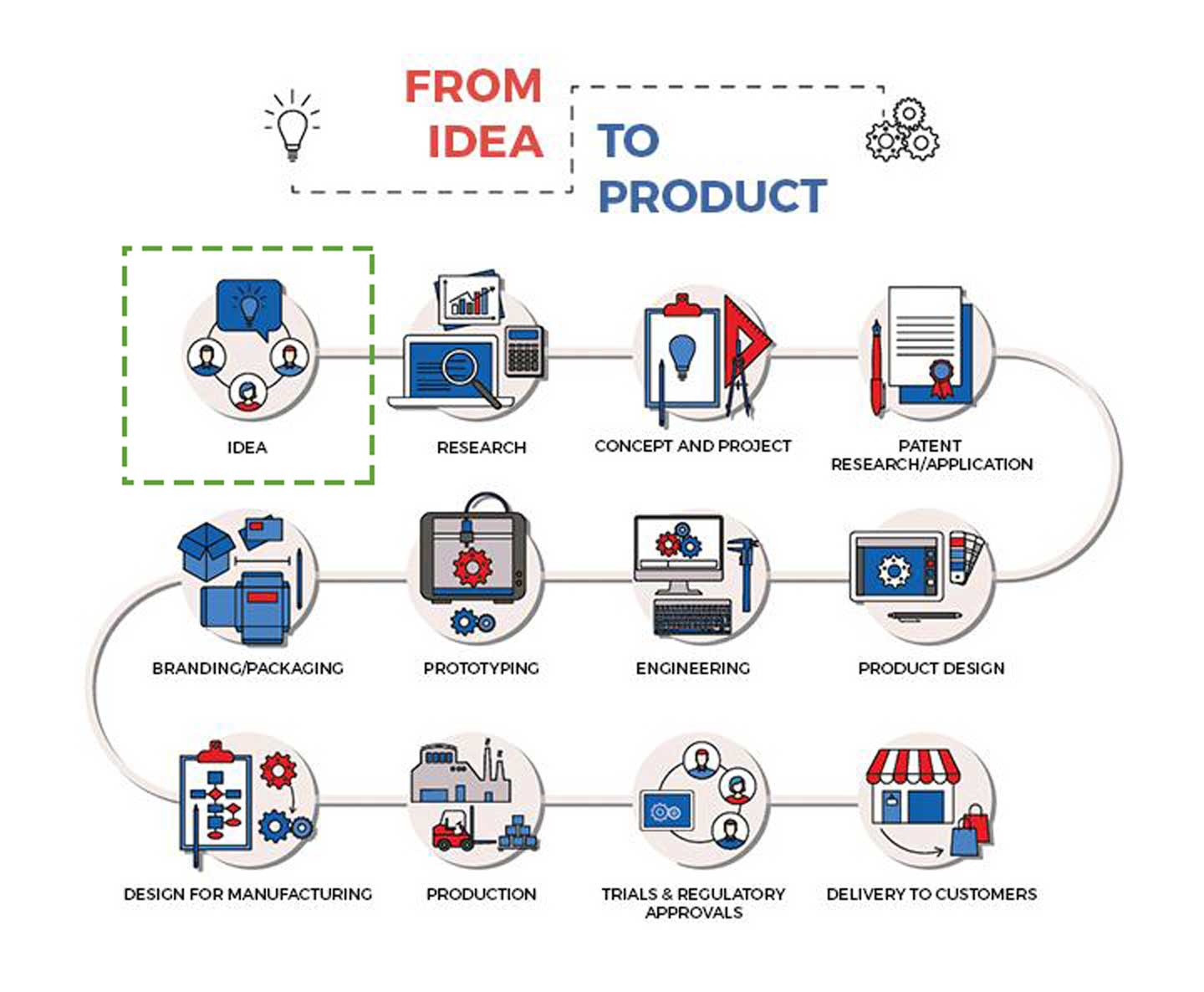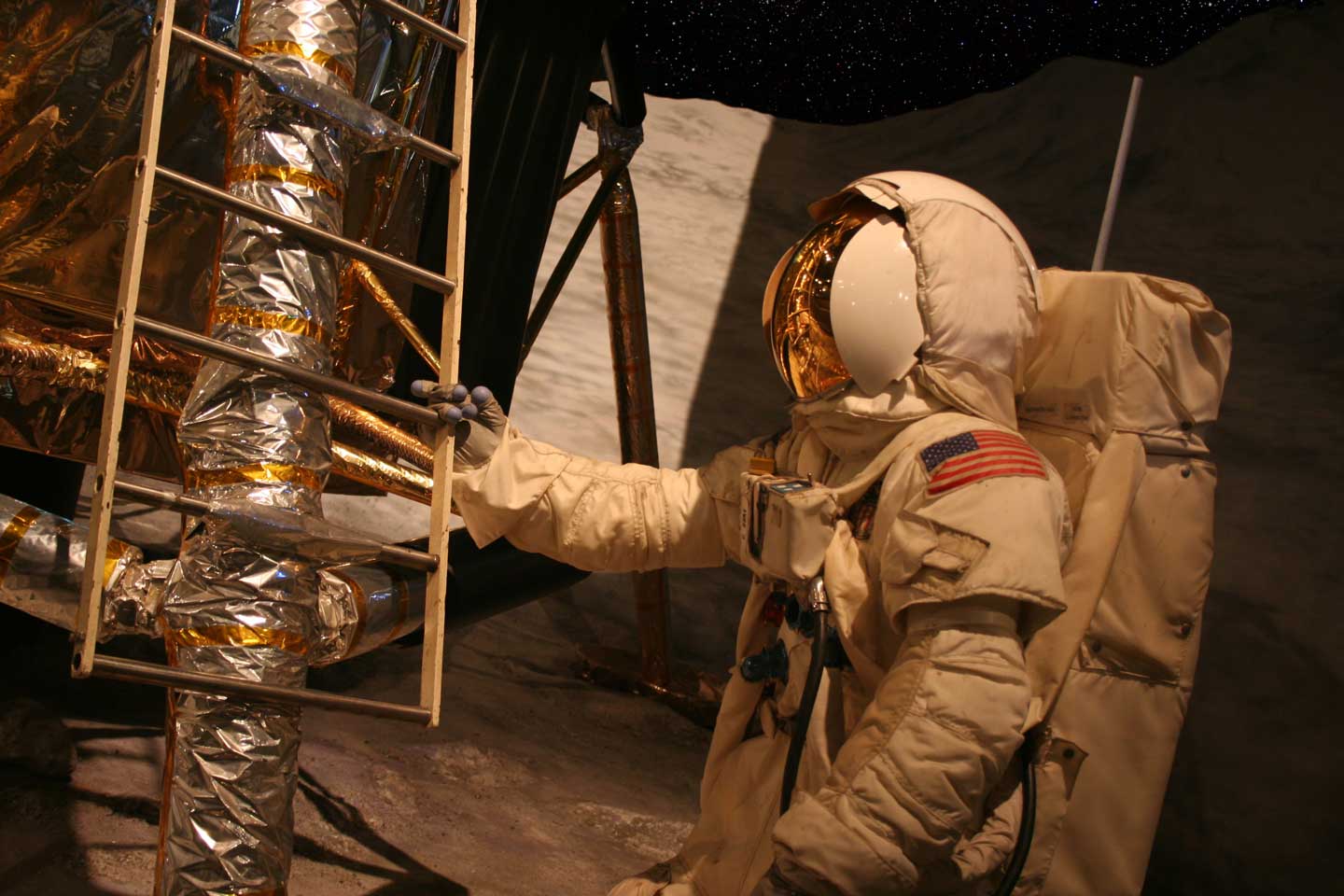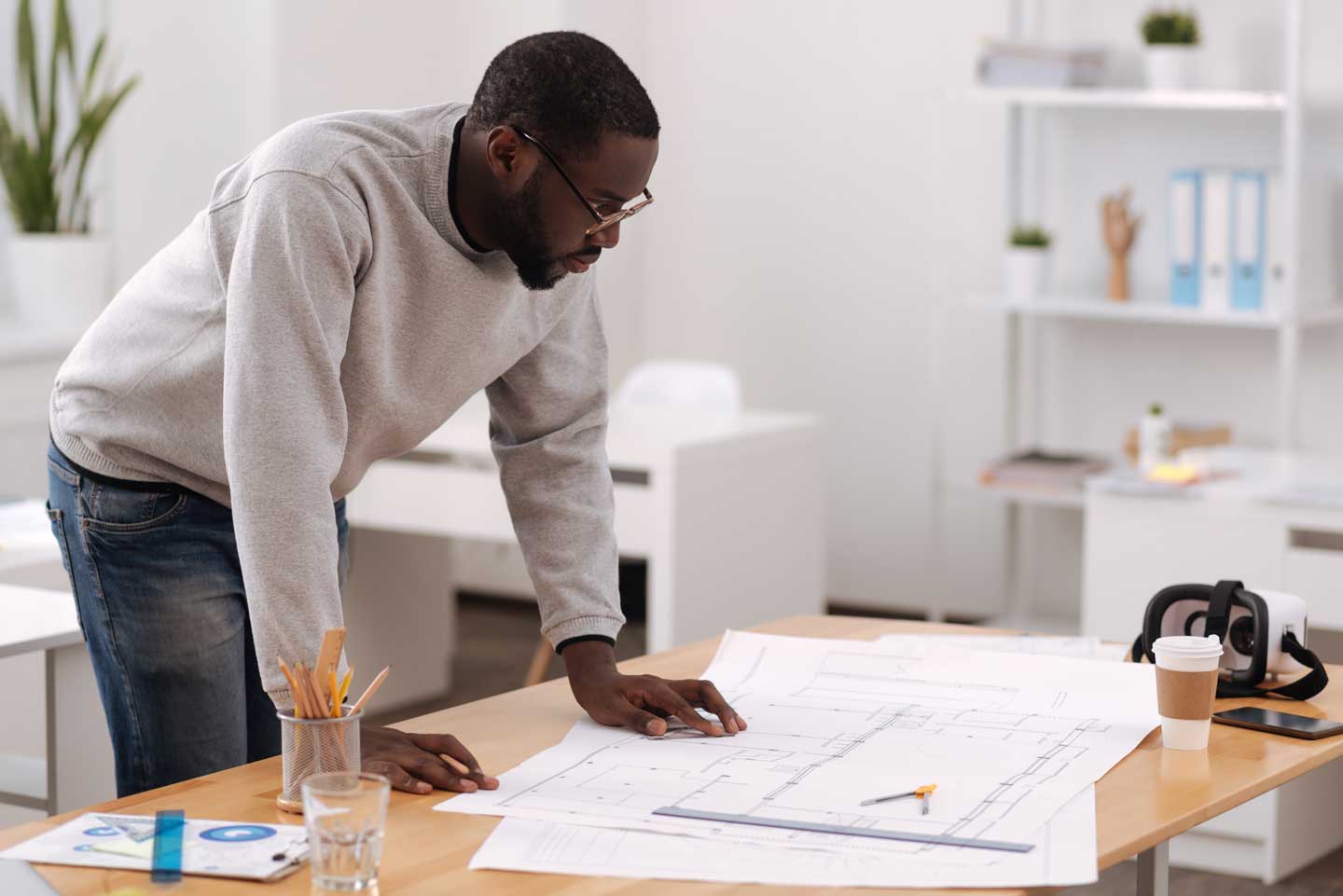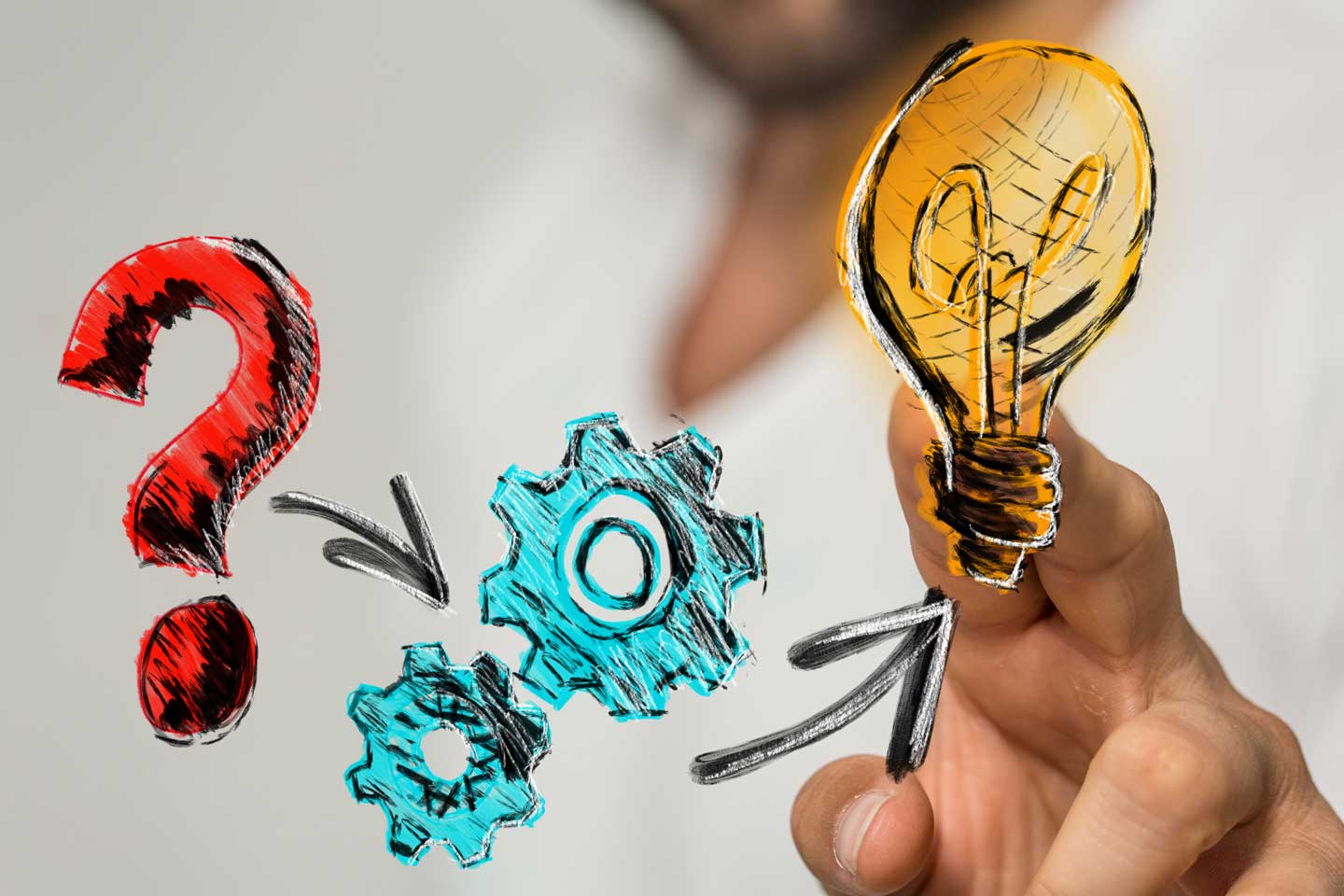From building a house to landing on the moon: everything begins with an idea
In this blog series, we deep dive into each stage of the idea to product lifecycle, from identifying a problem and formulating an idea through production and marketing. In each post, we’ll focus on one of the twelve unique aspects of the cycle and its impact on the end product.

Stage 1 of 12: Idea
This series begins with potentially the most difficult step: developing an idea.
The why
Not many people have built their own house, but most people live in one or something similar. Each of the houses, buildings, etc. that you may be in right now were created as a result of the idea to product lifecycle. While each may be observed as its own unique “product”, each began with the same step, identifying its purpose.
The cycle begins with a designer, architect, or engineer deciding the why of the project. They answer the question of what is the purpose of this potential product? For a house or an apartment building, the why seems obvious: shelter. But for other things, it may have started with something much less simple.

Some of the greatest engineering feats began with trying to answer a complex problem. For example, it would be insane to believe that NASA engineers formulated their plan for placing a man on the moon in any short period of time. A product can be thought of as the solution to the problem you are trying to solve, and for NASA, the solution was the Apollo 11 spacecraft.
Problems and solutions
The design process begins with formulating an idea for a product. In this step of the process, you should consider the problems that you’ve observed. The intent is to formulate a unique idea for a product that will offer innovative benefits to the potential user. If given the task or desire to build a house, your first thoughts may be: what is the size of the available lot? How much space is there to work with? What permits will be required? The answers to all of these questions can be easily uncovered and they may each impact your ideas for the design of the house you are trying to build. For each project that you start, you should consider making a checklist of simple, easily-answerable questions.

Formulate, question, repeat
Your ideas may change as new information is revealed. If your first idea involved building a single-story house, but you later discovered that the area is in the middle of tornado alley, you may consider adding a basement.
As you will discover through this blog series, the idea formulation stage, like the idea to product life cycle in general, should be an iterative one, meaning that as you uncover new information through research, prototyping, etc., you may have to go back to the drawing board more than once. In very few cases will you find houses that were designed and built in a day.

Take it step-by-step
The reason that the idea development stage might be considered the most difficult is because you may not have any ideas at the beginning. Just because you observe a problem, does not mean that you’ll have the means or methods to create a solution right away. However, the best way to begin this process is by identifying the purpose of the project. Start with the why and the ideas will follow.
What’s next?
The next stage of the cycle covers the research stage. In this stage, you’ll conduct research to determine if your idea is right for the market and what competition already exists.
























